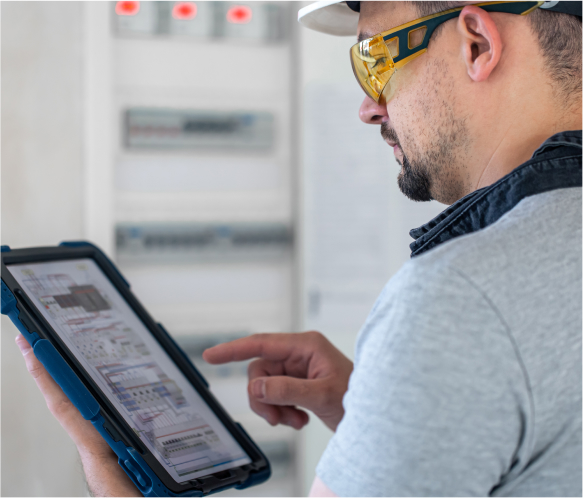What Is Corrosion In The Modern Day
Corrosion is a risky and very expensive issue. It may cause bridges and buildings to fall, oil pipelines to leak, chemical factories to leak, and restrooms to flood. Corroded medical implants may result in blood poisoning, corroded electrical connections can result in fires and other issues, and air pollution has resulted in corrosion damage to works of art all over the world. The safe disposal of radioactive waste, which must be kept in containers for tens of millions of years, is threatened by corrosion.
Electrochemical processes are the main causes of the most prevalent types of corrosion. General corrosion happens when the majority or all of the atoms on a metal surface are oxidized, causing the surface to corrode completely. The majority of metals are readily oxidized, which means they often lose electrons to oxygen (among other elements) in the air or water. Oxygen joins with the metal to produce an oxide when it is reduced (gains electrons).
Galvanic corrosion is the result of different types of metal coming into touch with one another and experiencing both reduction and oxidation. Water or other moisture becomes trapped between two electrical contacts that have electrical voltage applied between them in electrolytic corrosion, which most frequently affects electronic equipment. An unintended electrolytic cell is an ultimate consequence.
Some metals develop a natural corrosion resistance property known as passivity. This happens when the metal interacts with the oxygen in the air or corrodes it. The ultimate result is a thin oxide sheet that prevents the metal from continuing to react.

Examples of this include the weathering of some sculpting materials and the patina that develops on copper. If the thin coating is harmed or destroyed by structural stress, such as on a bridge, or by scraping or scratching, the protection fails. When this happens, the material could passivate, but if it can’t, just some of the object would corrode. As a result of the damage being concentrated in these locations, it is frequently worse.
Numerous measures can be taken to stop harmful rusting. On metals without passive coatings ordinarily, electrical currents can create them. Scientists have created alloys like stainless steel to boost performance in specific circumstances since some metals are more stable in certain environments than others. Lasers can be used to give some metals a non-crystalline structure that prevents corrosion. When iron or steel is galvanized, the more active zinc is applied to the metal, creating a galvanic cell where the zinc corrodes instead of the iron. Electroplating with an inert or passivating metal protects other metals. Oils, paints, and plastics are examples of non-metallic coverings that can stop corrosion.
Benefits of using Consultech
Your corrosion issues are consultech’s primary concern. In addition to project management and comprehensive turnkey solutions, we are prepared to help with your requirements for corrosion engineering and field service, including design, production, installation, commissioning, and continuing maintenance. Additionally, we provide a huge selection of unique corrosion protection materials.
Contact our team of corrosion specialists for additional information, to ask a question, or to request a price. Within 24 hours, we’ll give you a call or reply to your email.
Call
+919824077820






